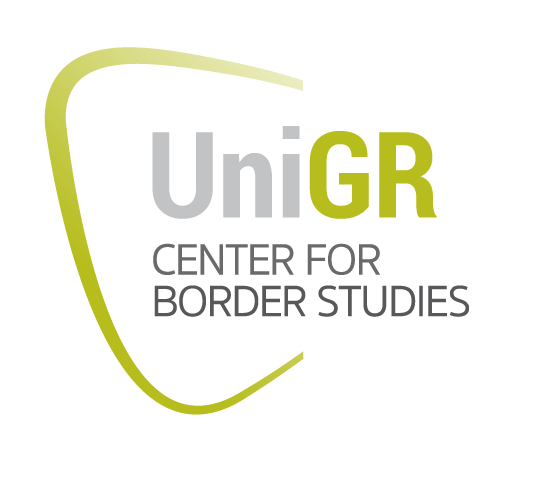Policy Paper Vol. 6
Abstract - With 130,000 workers commuting across the Franco-Luxembourg border daily and national policies to transform former steel wastelands into new urban neighbourhoods - Belval in Luxembourg and Micheville in Lorraine - the Franco-Luxembourg border is one of the most functionally integrated borders in the European Union. This functional specialisation of the Greater Region (GR) area - economic activities on one side, residential areas on the other - poses a significant challenge for planning policy (SDTGR, 2020: 12).
This policy paper, which is the result of a study carried out in the context of the European Capital of Culture Esch2022 (2021-2022), shows that while functional attachment to place is the basis of attachment in the cross-border area of Alzette Belval, emotional attachment is also an important democratic resource. A sign of personal projection and a symbolic relationship with the place, its identity and its values, emotional attachment indicates a willingness to stand up for the place, to enhance it and to protect it. This policy paper, based on a field study of 60 local residents, develops a typology of five dynamics of attachment to place and encourages a rethinking of relationships with the Alzette Belval area, which are often categorised as nostalgic or opportunistic. It analyses the relationships between attachment to place, citizen participation and equitable planning, i.e. planning that aims to take greater account of and involve the local population.
The policy paper concludes with some recommendations for local and cross-border policy actors:
- Differences in cross-border development lead to a negative image of the region both inside and outside the Alzette Belval cross-border territory. They affect the sense of place and therefore represent a common challenge for the image of the cross-border territory, local commitment and coexistence.
- For a large part of the new inhabitants, the functional attachment is the basis of their attachment. Threatened by inflation and housing shortages on the Luxembourg side and by inadequate infrastructure on the Lorraine side, it is in the common interest to strengthen it in order to (1) maintain the attractiveness of the area, (2) prevent a further increase in socio-spatial disparities and (3) provide opportunities for the development of emotional attachment.
- The local values of hospitality, solidarity, conviviality and work culture, which have emerged from the region's industrial history and are shared on both sides of the border, strengthen social cohesion. The further promotion of these values through social institutions, cultural, club and sporting events and in public spaces helps to strengthen emotional attachment. This can increase participation and civic engagement and build bridges between new and long-standing residents.
